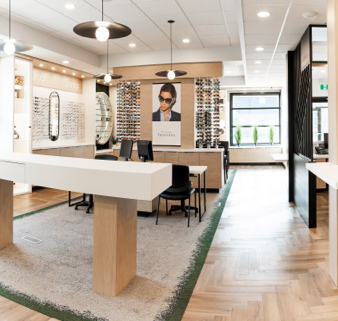Types of Laser Eye Surgery
LASIK
Laser-assisted in-situ keratomileusis (LASIK) is one of Canada’s most popular laser eye procedures.
During the procedure, your surgeon will use a precise laser called a femtosecond laser to create a flap in the epithelium (the cornea’s outer layer). The flap is pushed back, and an excimer laser is used to reshape the underlying corneal tissue to correct the refractive error. Once complete, the flap is replaced to act as a natural bandage, which attaches to the corneal tissue in a few minutes.
The surgery can take less than a half-hour and offer less discomfort than other refractive procedures. Most patients see vision improvements within 24 hours, and good visual recovery in less than a week.
SMILE
Small incision lenticule extraction (SMILE) is a refractive surgery performed with a femtosecond laser. Your surgeon creates a small lens-shaped bit of tissue (lenticule) within the cornea with the laser during the procedure. Then, a small arc-shaped incision is made to extract the lenticule.
Once the lenticule is removed, the shape of the cornea is altered to correct the refractive error. The incision heals entirely within a few days, and most patients report significant vision improvement within a week.
PRK
Photorefractive keratectomy (PRK) was the first type of laser eye surgery for vision correction. The procedure involves removing the top layer of the corneal tissue and subsequently reshaping the corneal tissue underneath. Your surgeon will then place a bandage contact lens over the cornea to promote healing and protect your eyes.
It takes longer to recover from PRK than it will from SMILE or LASIK, and you may feel significant discomfort during the healing process.
Refractive Lens Exchange
Refractive lens exchange, or lens replacement surgery, is a form of refractive surgery that may be preferable for individuals with presbyopia or high hyperopia.
The procedure involves making an incision in your cornea to break up and remove the clear natural lens inside the eye. Once removed, an artificial intraocular lens is placed inside the eye to correct your refractive error. This type of surgery can also be used to remove cataracts.
Refractive lens exchanges are typically only performed for presbyopia or hyperopia. Although it can be done for myopia, LASIK, PRK, or phakic IOLs are usually a better option.
















